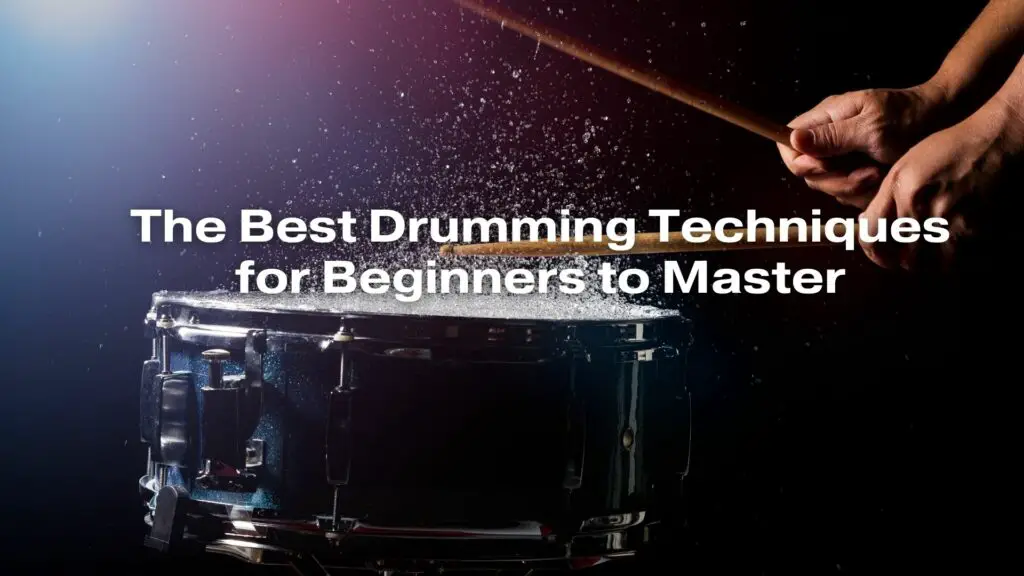Playing the drums is an exciting and rhythmic adventure, and while it may seem daunting at first, learning the fundamental drumming techniques can pave the way for an enjoyable and rewarding musical journey. In this article, we will explore the essential drumming techniques that beginners should focus on mastering to develop a strong foundation and become proficient drummers.
1. Hand Technique:
a. Matched Grip: In a matched grip, both hands hold the drumsticks the same way. It’s a balanced grip that’s ideal for beginners. Hold the sticks between your thumb and first two fingers, with your palms facing down.
b. Traditional Grip: Traditional grip is often used in drumming genres like jazz. One hand holds the stick with a matched grip, while the other hand uses a unique grip where the palm faces inward, and the thumb rests on top of the stick.
2. Drumming Posture:
Proper drumming posture is essential for efficiency and avoiding strain. Sit up straight, keep your feet flat on the ground, and position the drum set so that your arms form a 90-degree angle when you’re hitting the drums.
3. Drumming Rudiments:
Rudiments are fundamental patterns and sticking combinations that provide the building blocks for drumming. Practice rudiments like the single stroke roll, double stroke roll, and paradiddle to develop your hand control and coordination.
4. Basic Drum Beats:
Beginners should learn basic drum beats that serve as the foundation for playing in various music genres. The most common beats include the rock beat, pop beat, and funk beat. Focus on developing a strong sense of time and groove.
5. Drum Fills:
Drum fills are the moments in a song where the drummer adds a little extra flair. Practice basic drum fills that can be incorporated into your playing to add excitement to your drumming.
6. Four-Way Independence:
Drummers need to develop independence in all four limbs (both hands and both feet). Start by working on simple coordination exercises like playing a steady beat on the hi-hat while adding snare and bass drum hits.
7. Dynamics:
Learn how to control the volume of your drumming by adjusting your stroke intensity. Dynamics are crucial for expression in your playing, and they add depth to your drumming.
8. Listening and Timing:
Develop a keen sense of timing and rhythm by listening to music regularly. Playing along with your favorite songs and using a metronome can help you develop a solid sense of timing.
9. Drumming Styles:
Explore different drumming styles to broaden your horizons. Try your hand at rock, jazz, blues, funk, and more. Each style has its unique rhythms and techniques that will expand your drumming skills.
10. Drum Kit Setup:
Understand the arrangement of your drum kit. Familiarize yourself with the placement and function of each drum and cymbal. This knowledge is crucial for efficiency in your drumming.
11. Practice Consistency:
Regular, consistent practice is key to improvement. Dedicate time to practicing your techniques, rudiments, and playing along with songs.
12. Record Yourself:
Recording your drumming sessions can be a valuable tool for self-assessment. Listening to your recordings will help you identify areas for improvement and track your progress.
In summary, mastering the essential drumming techniques for beginners is a rewarding process that opens the door to musical creativity and expression. As you work on these foundational skills, remember that patience and perseverance are your greatest allies on your drumming journey. With time and dedication, you’ll become a confident and skilled drummer ready to explore a world of rhythmic possibilities.

